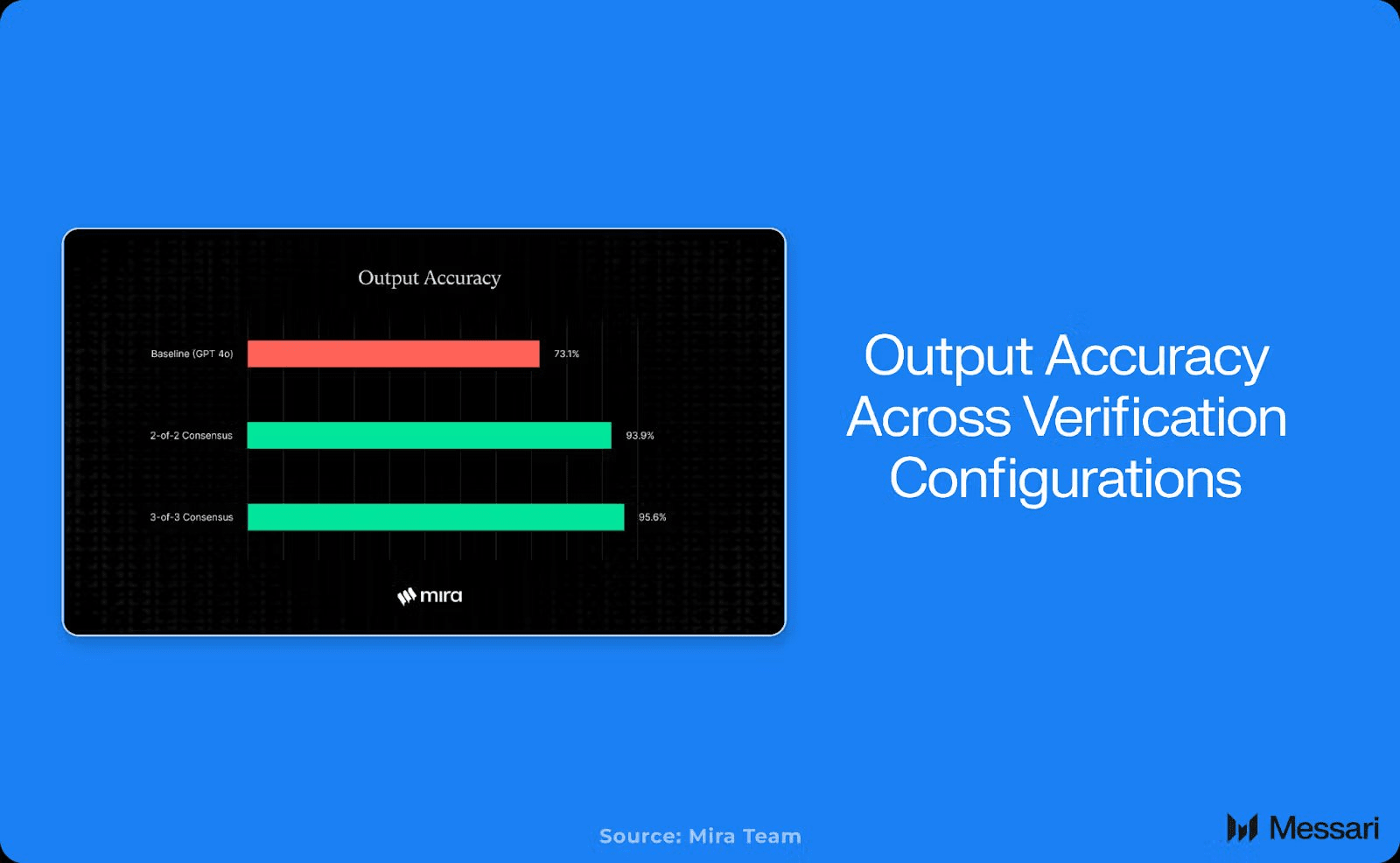First of all, if you have seen my previous articles, you should know that I am personally very optimistic about the future development of AI in the blockchain sector. My small studio is currently focused on selecting projects to participate in, primarily in the AI direction.
So why am I so optimistic about AI + web3?
First, let me explain why I am optimistic about the AI track. The immutability and traceability of blockchain data can provide high-quality, trustworthy data sources for AI. Meanwhile, AI can efficiently process vast amounts of data, bringing intelligent automated decision-making and governance optimization to on-chain systems. It can be said that there is a natural complementary relationship between AI and blockchain.
However, the lightning-speed development and widespread acceptance of AI in the past two years have achieved what blockchain technology has not been able to accomplish in over a decade. If blockchain has solved the problem of 'how to collaborate without trust' in the past ten years, then in the next decade, it will face the question of 'how to collaborate efficiently, intelligently, and autonomously in complex environments.'
This is exactly the stage where AI plays its role. Whether it is the on-chain model market, smart wallets, AI auditing, predictive governance, or fully autonomous AI Agent networks, blockchain needs AI to become smarter, safer, and more user-friendly.
It can be said that the AI track is currently one of the most关注的 tracks in the industry.
At the beginning of the year, Solana held an AI Hackathon, attracting over 400 projects to participate, and various AI concept tokens also sparked a wave of enthusiasm. The BSC chain also announced the creation of an AI-friendly blockchain, providing a series of solutions for AI Agents, continuously hosting AI Hack events to support outstanding projects. Currently, more than 30% of the tokens native to the BSC chain are AI concepts. Admittedly, many tokens that touted AI concepts in the previous wave were essentially no different from Memes, but as CZ @cz_binance mentioned in a tweet:
Real builders will stick around after the speculation. Only projects that continue to work after the sand settles are the real gems.

Since I am so optimistic about the development of the AI track in blockchain, why do I believe that Mira Network will be a shining new star in the future AI track?
First, Mira is a decentralized AI infrastructure dedicated to building a consensus layer to address the illusions and biases that arise from AI outputs. This direction is relatively novel in the crowded AI track.
So what are illusions and biases? We can think of AI as a child; sometimes it provides irresponsible, factually deviant, and 'innocent' answers to complete a response, which we refer to as illusions.
At the same time, during the education process, the training data of AI may inevitably carry established biases and inequalities due to factors like geography. As AI grows, it may subtly lose neutrality, leading to systemic errors or discriminatory results, which we refer to as biases. Biases can gradually accumulate and are harder to identify than illusions, posing a more covert and dangerous threat to the information ecosystem.
To reduce biases and illusions in AI systems, the Mira Network provides a solution by introducing a decentralized consensus mechanism. This mechanism allows multiple independent AI models to verify each output, ensuring that the final results approach fairness and accuracy. Mira breaks down AI outputs into independent factual statements, which are cross-verified by heterogeneous models provided by node operators like http://Io.Net and Aethir, requiring consensus from over 2/3 of the nodes to pass. This multi-model consensus cognition not only enhances AI reliability but also promotes fair decision-making processes.
In a research report released last month, Messari mentioned that Mira successfully optimized AI output reliability through a distributed model consensus mechanism, with its verification layer improving the accuracy of AI facts in scenarios like finance and education from 70% to 96%.

In my view, the issue that Mira aims to address is grand; it seeks to solve AI illusions and biases to broaden AI's application scenarios. The approach to solving this problem is also novel, using blockchain's decentralized distributed nodes and incentive mechanisms to provide solutions for AI. Tackling such a grand challenge will undoubtedly be difficult, but it also brings more opportunities for value capture.
The market currently values TGE at around 500 million, which I think is very undervalued. Mira's potential is far beyond this and deserves our long-term tracking and attention.
If you also share the same optimism about Mira's future potential, I have detailed five ways to participate in contributing to Mira to obtain potential future benefits in my previous article. I welcome all friends to interact with me and let's Gmira together!

